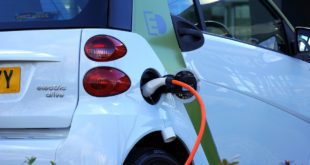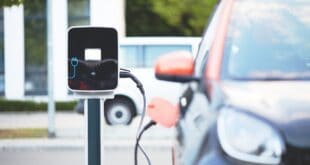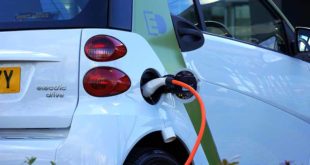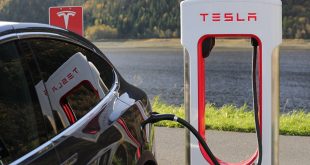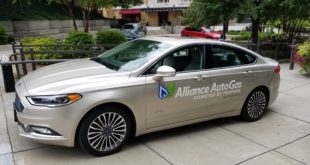It’s beginning to look like we’ll be seeing an increasing number of electricity powered vehicles on our roads as motor manufacturers introduce ever more appealing electric cars.
The last three years have seen a dramatic fall in sales of gas-guzzling SUVs in the United States as consumers vote with their wallets and go for more energy efficient cars. Manufacturers are competing with one another to produce the lowest emission vehicles while maintaining some appealing performance figures.
A number of technologies are under investigation, the two most promising being electricity powered cars and hydrogen powered. Some have even suggested that it will be a hydrogen-electric hybrid that will be the winning technology. However Honda has released their first commercial vehicle powered by hydrogen fuel cells, initially to be available on a very limited lease basis. But hydrogen based systems still have a long way to go, mainly because of the need for an adequate refuelling infrastructure.
General Motors have stated that they believe the future is the all-electric vehicle. This is in response to Toyotas success with the Prius. In April this year Toyota announced that they had sold their millionth Prius, a hybrid electric-petrol powered vehicle. At speeds up to 25km/h the Prius runs on its electric motor. Above that speed and the petrol engine begins to take over. Energy from braking and from the petrol engine is used to recharge the batteries, alleviating the need to recharge from the electrical grid. Demand for the Prius in the U.S. is so high that these cars actually gain in value in the first year. Toyota has calculated that the Prius has already saved around 4.5 million tonnes of CO2 emissions.
The crucial component in any all-electric or hybrid electric car is the battery, or bank of batteries. Recent years have seen some significant improvements in lithium-ion (Li-ion) cell technology. These are the batteries used in most laptops and cell phones these days. Li-ion batteries can significantly out-perform other forms of current battery technology. They can accept far more recharge cycles than their NiMH (nickel metal hydride) equivalents but, currently, they are still expensive.
A flagship car that is successfully using Li-ion battery technology is the Tesla Roadster. A handful of these near silent sports cars are already on the road and a further 1000 have been ordered. These nifty sports cars have dispelled the image of the electric car as slow. They have a top speed of 210km/h (130mph) and easily accelerate from 0 to 100km/h in around 4 seconds. Enough oomph to impress even Jeremy Clarkson.
The Tesla Roadster produces zero CO2 emissions. Even when the energy needed to charge its bank of Li-ion batteries is considered the car is still responsible for only half of the emissions produced by the greenest petrol cars currently on the market. If the recharging energy were to be produced from renewable sources the Tesla’s overall CO2 footprint would be reduced still further. Another factor in the Tesla’s favour is how cheap it is to run. It is estimated that it will cost less than 2 cents, or around 1p, per kilometre, whereas an efficient petrol car currently costs around 8 cents or 5p per kilometre.
The big downside of the Tesla Roadster is the cost. Currently owning one of these impressive cars will set you back $109,000. The Li-ion battery technology accounts for a significant part of this price. But it is predicted that a family model will be available within 3 years at an estimated cost of around $60,000 and a smaller, more compact version will sell for around $30,000.
It’s beginning to look like the future of motor vehicles is likely to be electric with improved and more affordable and efficient battery technology currently in development. Within a few short years we are likely to see an increasing number of near silent electric powered cars travelling on our roads as designs and prices make them increasing more accessible to the mass market.
 Alternative Energy HQ solar power for homes, wind energy, and bio fuel issues
Alternative Energy HQ solar power for homes, wind energy, and bio fuel issues


